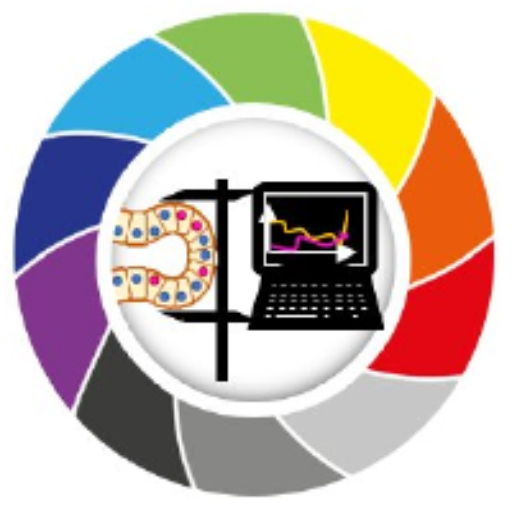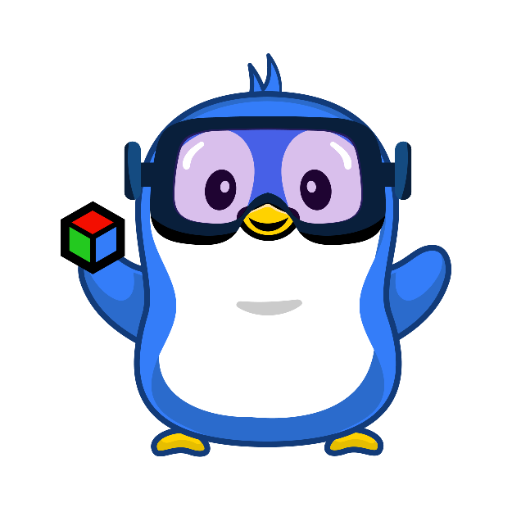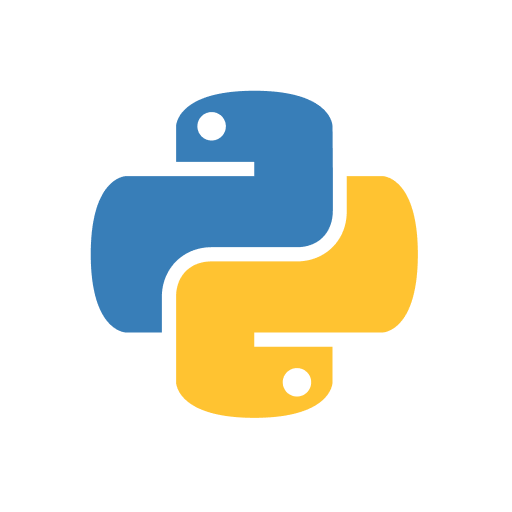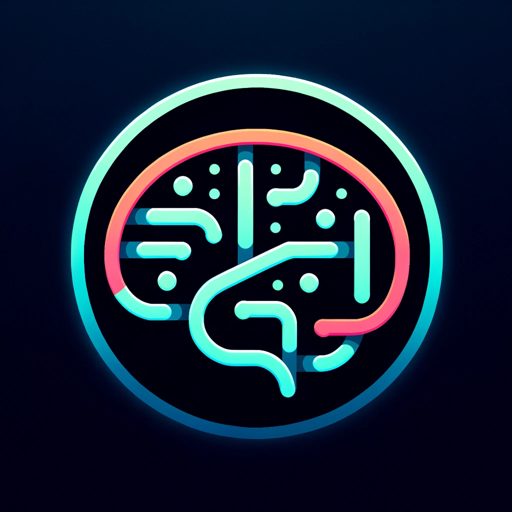Python Powerplay: Image Processing with OpenCV-AI-Powered Image Processing
AI-powered solutions for advanced image processing.
Can you help me with resizing an image using OpenCV?
How do I apply Gaussian Blur in OpenCV?
What's the best method for object detection in OpenCV?
How can I optimize my code for real-time image processing?
Related Tools
Load More
Bio-image Analysis GPT
Bio-image Analysis with Python, a GPT created with content from the BioImageAnalysisNotebooks by R. Haase, G. Witz, M. Fernandes, M.L. Zoccoler, S. Taylor, M. Lampert, T. Korten, licensed CC-BY 4.0 and BSD3 unless mentioned otherwise. https://haesleinhuep

Computer Vision Expert
Academic expert in computer vision, offering innovative insights for deep learning models.

Pixie: Computer Vision Engineer
Expert in computer vision, deep learning, ready to assist you with 3d and geometric computer vision. https://github.com/kornia/pixie

Python Engineer
An expert Python engineer to help you solve and debug problems together.

OpenCV
Expert in OpenCV, integrates C++20 concepts

Python hacker
Autonomous Python hacker expert, handling coding tasks without user input.
20.0 / 5 (200 votes)
Introduction to Python Powerplay: Image Processing with OpenCV
Python Powerplay: Image Processing with OpenCV is designed to leverage the powerful OpenCV library for performing a wide range of image processing tasks. It allows users to manipulate, transform, and analyze images with precision and efficiency. This tool is particularly useful for developers, researchers, and hobbyists interested in computer vision, enabling them to implement complex image processing algorithms and applications. Examples include detecting edges in an image, transforming color spaces, and performing real-time object detection in video streams. By utilizing Python's ease of use and OpenCV's robust functionality, Python Powerplay provides a comprehensive platform for tackling various image processing challenges.

Main Functions of Python Powerplay: Image Processing with OpenCV
Image Transformation
Example
Applying geometric transformations like rotation, scaling, and translation to images.
Scenario
In a photo editing application, users can rotate, scale, or crop images to their desired specifications. For example, adjusting the orientation of an image taken at an angle to align it properly.
Edge Detection
Example
Using algorithms like Canny edge detection to identify the edges in an image.
Scenario
In a surveillance system, edge detection can be used to highlight the outlines of intruders, making it easier for security personnel to identify potential threats.
Object Detection
Example
Utilizing pre-trained models like YOLO or SSD to detect objects within images or video streams.
Scenario
In autonomous driving, object detection algorithms can identify pedestrians, other vehicles, and obstacles, allowing the vehicle to navigate safely and avoid collisions.
Ideal Users of Python Powerplay: Image Processing with OpenCV
Developers
Software developers who need to integrate image processing capabilities into their applications. They benefit from the extensive functionalities provided by OpenCV and the simplicity of Python to implement robust solutions quickly.
Researchers
Academic and industrial researchers focusing on computer vision and machine learning. They can leverage Python Powerplay to prototype and experiment with different image processing algorithms, facilitating innovation and discovery in their fields.

How to Use Python Powerplay: Image Processing with OpenCV
1
Visit aichatonline.org for a free trial without login, also no need for ChatGPT Plus.
2
Ensure you have Python 3.x and OpenCV installed. You can install OpenCV via pip using the command `pip install opencv-python`.
3
Prepare your working environment by setting up your preferred IDE or code editor and organizing your image files.
4
Explore common use cases such as image transformation, filtering, edge detection, and object recognition to understand the capabilities of OpenCV.
5
Follow tutorials and documentation to implement specific image processing tasks, experimenting with different parameters to optimize your results.
Try other advanced and practical GPTs
Content Repurposer
AI-Powered Content Transformation Made Easy

Anthony AI
AI-powered solutions for tech issues.

Cutting-edgeGPT
AI-driven insights for every need.

Immigration and Visa Finder
AI-Powered Visa and Immigration Finder

ADVENT.AI: Create & play 80s-style adventure games
AI-Powered Retro Adventure Gaming

Maths Exercices
AI-powered math tutor for everyone

FATF Expert
AI-powered insights on FATF standards
Generate PDF Documents with Document Wizard
AI-Powered Document Creation

英作文練習
AI-powered English translation and writing assistance

要件定義固めるくん”AI.Solidify requirements definition”
Your AI-powered project clarity assistant.

Game Master
AI-Powered Role-Playing Adventure Tool

Sketch to Logo
AI-Powered Logo Design Made Easy

- Image Processing
- Video Analysis
- Real-Time
- Object Detection
- Edge Detection
Frequently Asked Questions about Python Powerplay: Image Processing with OpenCV
What are the prerequisites for using Python Powerplay: Image Processing with OpenCV?
You need Python 3.x, OpenCV library installed via pip, and a code editor or IDE. Basic knowledge of Python programming is also recommended.
Can I use Python Powerplay: Image Processing with OpenCV for real-time image processing?
Yes, OpenCV is optimized for real-time image processing tasks, including video capture and manipulation.
What are some common applications of OpenCV in image processing?
Common applications include image transformations, filtering, edge detection, object recognition, facial recognition, and video analysis.
Is Python Powerplay: Image Processing with OpenCV suitable for beginners?
Yes, it is suitable for beginners. There are many tutorials and resources available to help you get started with basic to advanced image processing tasks.
How can I optimize performance for real-time image processing?
You can optimize performance by using efficient algorithms, minimizing unnecessary computations, leveraging hardware acceleration, and processing frames at lower resolutions if possible.